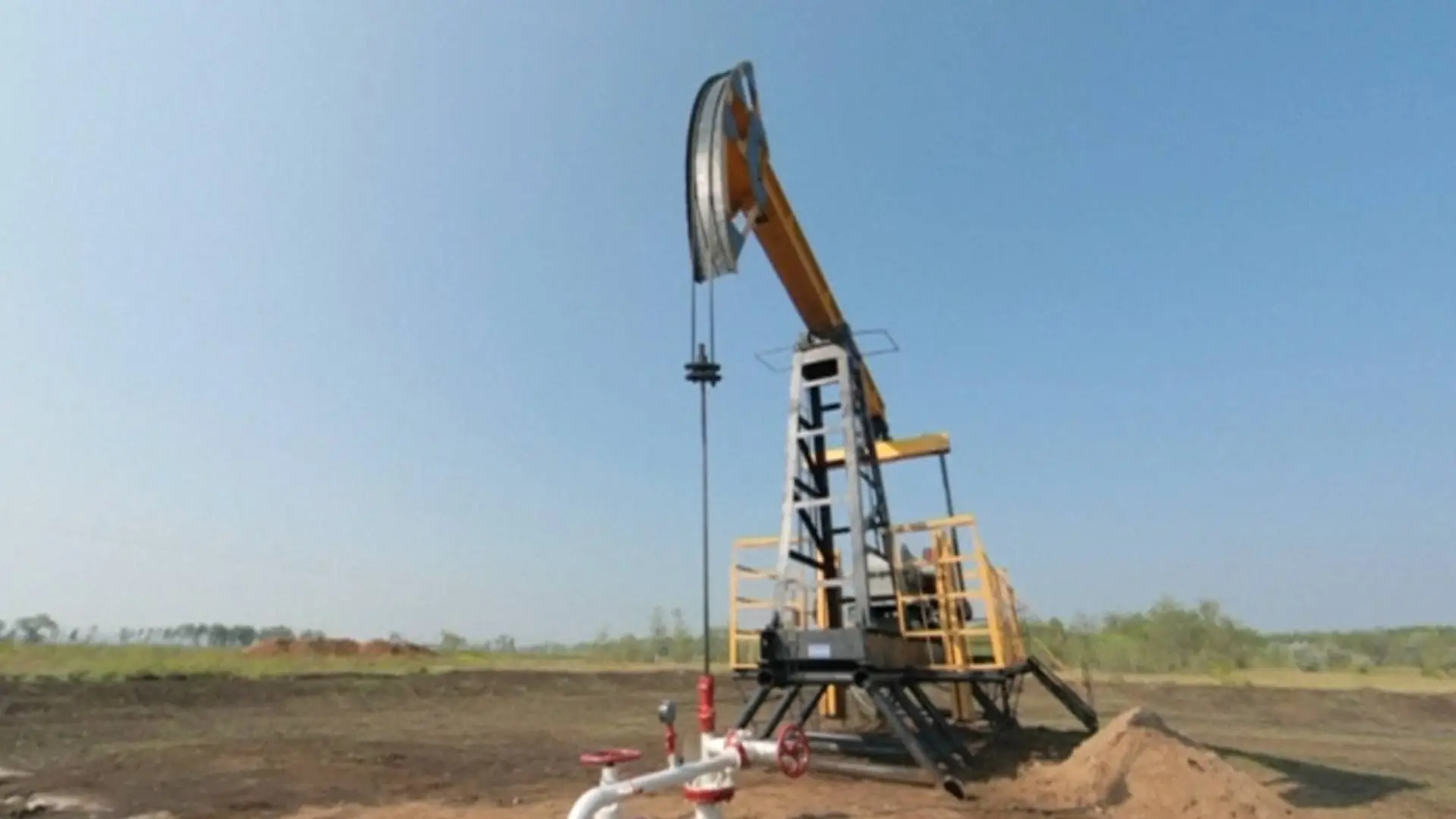

The American public seems to have emerged from the initial jolt of the pandemic with a newfound clarity familiar to survivors of catastrophes. Many people experienced an evaporation of the things that lent their lives the illusion of stability. Jobs disappeared and the social safety net’s holes loomed large. For scores of working people, it was—though they might not use this term—a radicalizing experience. Millions suddenly confronted the fact that if we didn’t protect ourselves, nobody else would. “I don’t really know if any amount of money would make working in this environment and being exposed to this level of risk feel worth it,” one grocery worker said early in the pandemic. For “essential” workers, it became clear that the work and the risk were a package deal.
This realization supercharged public interest in organized labor, bolstering a surge of support for union activity, which had already been growing slowly since the Great Recession in 2009. Polls show that public approval of labor unions is now at its highest point since 1965. This is unsurprising. Since the start of the Reagan era, wages for average workers have stagnated, astounding wealth has flowed to a tiny percentage of society, and the resulting rise in economic inequality has destabilized our political landscape. When this slow but steady erosion of the American Dream met the shock of Covid, it became all but impossible to avoid the conclusion that “Organize or Die” could be a literal slogan.
In 2020, we saw the launch of the (ultimately unsuccessful) union drive at the Amazon warehouse in Bessemer, Alabama—at that point the most serious organizing effort against the Bezos empire. The addition of Covid’s burden to the weight of algorithmically driven warehouse work was the tipping point for fed-up workers unwilling to risk their lives for $15.50 an hour. That effort was followed in 2021 by a series of victories: a successful union vote at the Amazon warehouse in Staten Island, the launch of the still-growing Starbucks union organizing campaign, and a mini-wave of strikes dubbed “Striketober.” The drumbeat grew louder in 2023, with major strikes in Hollywood and at the Big Three automakers. In September, Joe Biden spoke at a picket line in support of United Auto Workers, the first sitting president in history to do so. It was clear that something was happening.
But what, exactly? The long-overdue return of unions to the spotlight is not the sea change that it can appear to be. In the middle of the 20th century, when American unions were at peak membership, about one in three workers was in a union. By 1980, the number had fallen to one in five, and by 2005, one in eight. This unrelenting decline in union density—the percentage of workers who are members—is the biggest problem facing organized labor. And since strong unions tend to improve wages and conditions even for nonunion employees, and make politics more worker-friendly, low union density is a problem for the entire working class and, more broadly, anyone with a job. Each success is meaningful to individual workers. But the wins do not add up to a transformative movement unless they can reverse decades of decline—which has not yet happened.
In 2022, even as the popularity of unions hit a generational high, union density fell to 10.1 percent, the lowest on record. The inability to channel all this excitement, during the most pro-union administration of most voters’ lifetimes, into an economy wide barrage of large-scale organizing drives, should put a lump in the throat of anyone who cares about the class war. The traditional analysis of union decline cites two main causes. The first is the devastating effects of the 1947 Taft-Hartley Act—which restricted how unions could strike; outlawed “closed shops”; and enabled states to pass “right to work” laws, which under the guise of worker freedom allow a member of a unionized workplace to opt out of paying fees. The second cause is corporate America’s decades-long project to perfect its union-busting tactics.
But you can’t just chalk up organized labor’s woes to the old saws of union-busting businesses and hostile laws. They also reflect the atrophied state of labor’s institutions, a lack of adequate organizing infrastructure and budgets, and, in many cases, an attitude of resignation that decades of decline inflicted on some union leaders who should, right now, be rushing to capitalize on the favorable conditions.




























just fyi, its not the whole body. there is more. i don’t want to break any rules or upset the publisher by posting the whole article. they need the traffic too